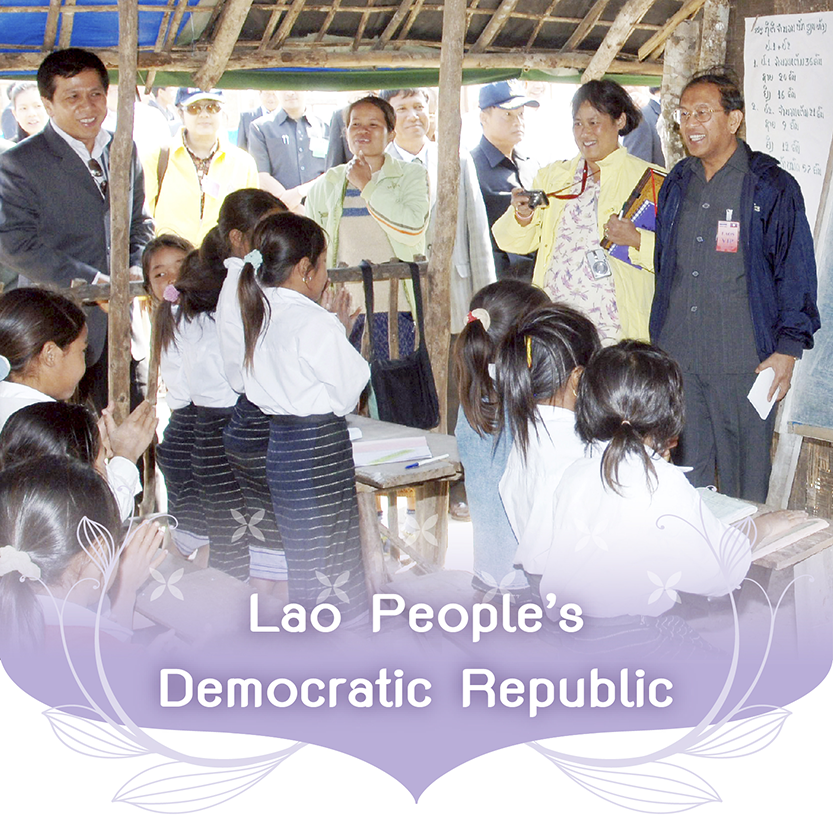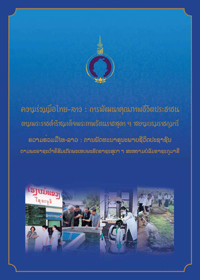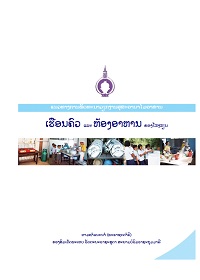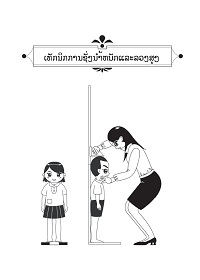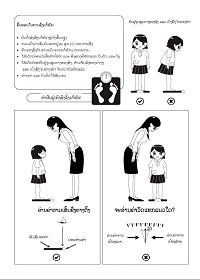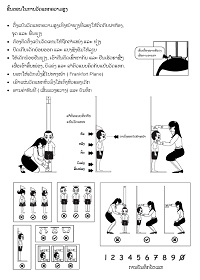Improving Quality of Life of Children and Youth
Introduction
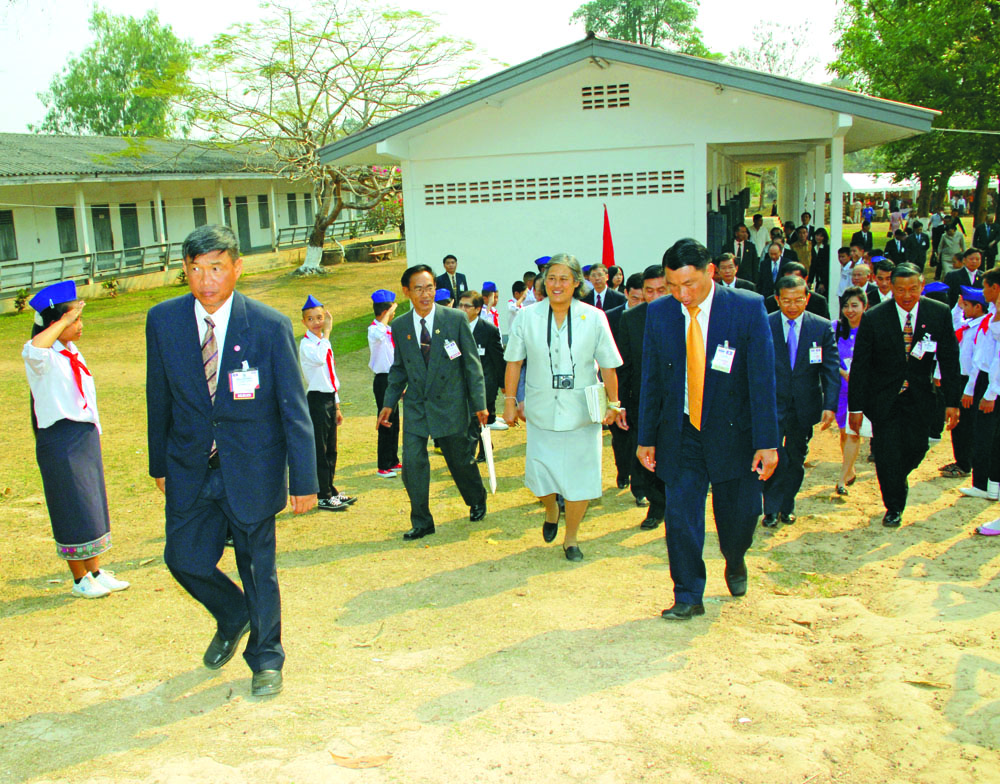
When Her Royal Highness Princess Maha Chakri Sirindhorn paid her first visit to the Lao People’s Democratic Republic in March 1990, Thai residents in Laos presented her with 200,000 baht for charity. She decided to use the money to help the orphans of Laos. A dormitory for orphans in a school in Vientiane province was built using this fund. This was the start of her cooperation with Laos. Afterwards, the Agriculture for School Lunch model used in Thai primary schools was applied here, with a focus on improving nutritional status of Laotian orphans. Through the project, the people of the Kingdom of Thailand and the Lao People’s Democratic Republic have had an opportunity to work more closely together, which in turn strengthens good relations between the two countries. Her Royal Highness visits Laos annually to observe the progress of the project, as well as to provide assistance in the form of equipment, seedlings, and livestock.
Sixteen years later, her cooperation in promoting better nutrition and better quality of life has been expanded to another 15 ethnic minority boarding schools and primary schools in six provinces including Vientiane, Khammoun, Udomxay, Huaphan, Xekong and Attapua. This collaboration reached 3,497 children. Overtime, more agricultural products are available for children, as well as for teachers, particularly in Laotian boarding schools. More nutritious meals have been prepared using these produce, which can lead to better nutrition among children. In addition, good cooperation among schools, local communities, and local organizations has been created.
Recognizing that the severity of malnutrition has been decreasing slightly over time, though school farms can produce more food, Her Royal Highness gave her advice to school teachers in an audience held in Bangkok in 2011. As a result, two schools in Xekong and Attapua provinces were selected to pilot an extension of the collaborative project to families and communities where the schools are located. Families of undernourished children were selected as the target group for implementation. Activities include enhancing food production at the household level, promoting environmental sanitation and hygiene in families and communities, providing advice on child feeding, and developing target schools as models of good practices in agriculture and healthy school environment. More importantly, greater mobilization of the communities, as well as partnerships among schools, communities, government sectors has been established. Up to now, children look healthier and target families can produce more food. Many neighboring communities have adopted the same practices. Hygienic environments around houses and in the villages have been created.
Participating Schools
1) Suan Mome Primary School
Hinheup, Vientiane Province
2) Vientiane Ethnic School
Vangvieng, Vientiane Province
3) Khammouane Ethnic School
Thakak, Khammouane Province
4) Ban Yor Primary School
Beng, Oudomxay Province
5) Ban Thin Primary School
Xay, Oudomxay Province
6) Huaphanh Ethnic School
Viengxai, Houaphanh Province
7) Sop Bao Primary School
Sopbao, Houaphanh Province
8) Ban Xay Primary School
Saysetha, Attapeu Province
9) Ban Mid Sum Phan Primary School
Sanamxay, Attapeu Province
10) Ban Muang Mai Primary School
Samakkhixay, Attapeu Province
11) Sekong Ethnic School
Lamam, Sekong Province
12) Ban Ka Pue Primary School
Thateng, Sekong Province
13) Ban Ka Pue Secondary School
Thateng, Sekong Province
14) Ban Tew Primary School
Lamam, Sekong Province
15) Ban Tew Secondary School
Lamam, Sekong Province
Development Activities
1) School nutrition and health services
2) School sanitation
3) School agriculture
4) Vocational Education
5) Quality basic education
6) Environmental and Cultural conservation
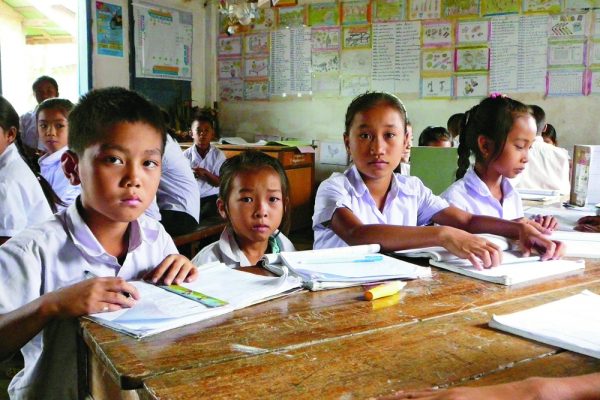
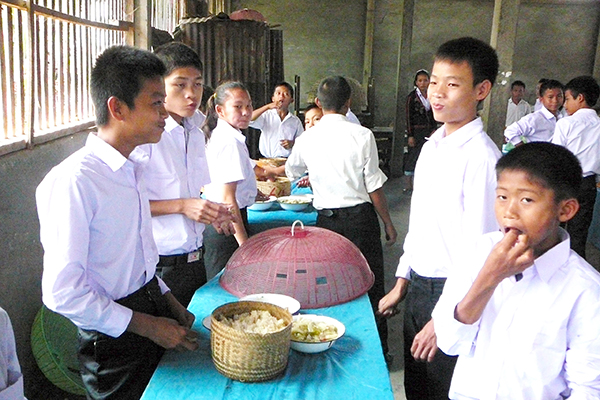
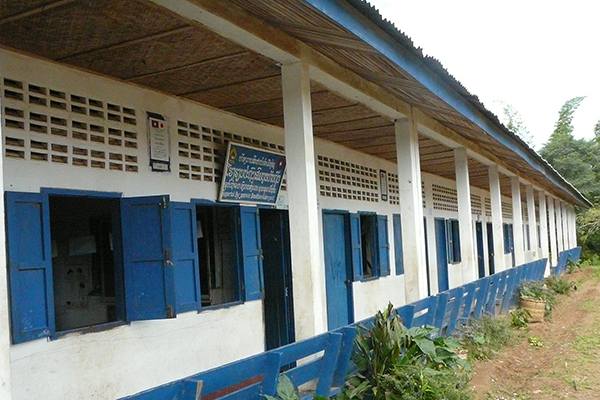
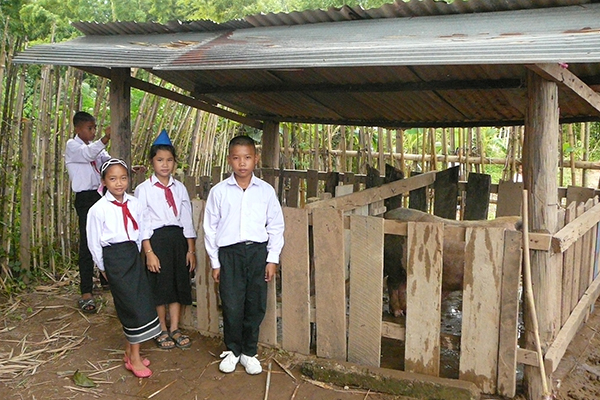
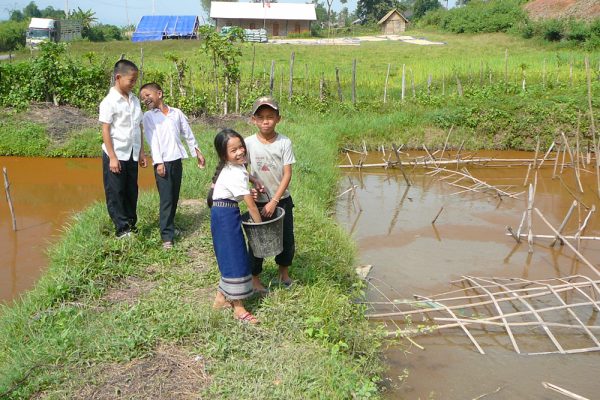
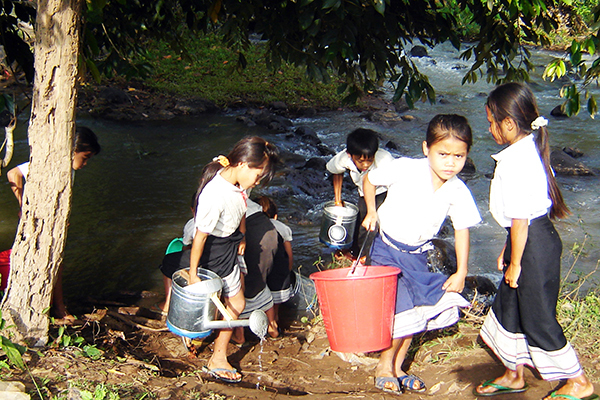
Publication
Book



